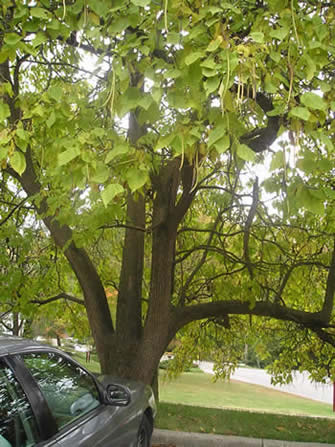southern catalpa tree edible
If its a southern catalpa you might be having a problem due to the colder temps. The fruit is a long thin bean pod 2040 cm long and 810 mm in diameter.
It often stays attached to the tree during winter.

. Edible fruit plant seeds. Nonnative edible trees may need partial shade from the long hours of direct summer sun especially in southern deserts. In the south just about every old.
A tea made from the bark has been used as an antiseptic antidote to snake bites laxative sedative and vermifuge. Speciosa and can be distinguished by the flowering panicles which bear a larger number of smaller flowers and the slightly slenderer. Read to know more.
Learn About Different Kinds Of Catalpa Tree. The deciduous plants are hardy to USDA planting zones 4 to 8 and can tolerate moist soils but are more suited to dry areas. Insert one Catalpa tree seedling into a 5- to 6-inch diameter plant pot filled with potting soil.
Edible fruit plant seeds. Despite the common name of bean tree however this catalpa has no known edible uses. Light sandy medium loamy.
It grows between 30 and 60 ft. Native to southeastern US. PFAF calls its roots highly poisonous but various medicinal teas have been made from its bark seeds and pods each addressing different ailments.
See above for USDA hardiness. Insert one Catalpa tree seedling into a 5- to 6-inch diameter plant pot filled with potting soil. The species is hermaphrodite has both male and female organs and is pollinated by Bees.
By selectively removing harvesting the correct number of trees enough light will reach the soil to allow growth of forage under the tree canopy. Catalpa trees are 40 to 70 feet 12 to 215 m tall trees with arching canopies and an average lifespan of 60 years. Growing a catalpa tree Catalpa spp from seed is a long-term project but worth it for the large clusters of white flowers mature trees bear in late springCatalpa trees that are common garden favorites include southern catalpa Catalpa bignonioides USDA zones 5-9 northern catalpa Catalpa speciosa zones 4-8 and Chinese catalpa Catalpa ovata zones 4-8.
Catalpa is a deciduous Tree growing to 15 m 49ft by 12 m 39ft at a medium rate. Benefits from adding trees Many coniferous woodlands and a few select hardwood plantations can be transformed into treeforage systems. The leaves actually secrete a nectar that attracts the catalpa sphinx moth.
The Indian bean tree Catalpa bignonioides is also known as cigar tree or southern catalpa and it originates from the southeastern United States and grows in USDA zones 5. It is hardy to UK zone 5 and is not frost tender. Are catalpa pods edible.
Water the Catalpa seeds as needed throughout. In fall they turn a bright yellow-green. See above for USDA hardiness.
The tree likes Sun at the location and the soil should be sandy - loamy to loamy. Trellises shade cloth and porches can help create partial shade especially for trees on the west side of buildings. Setup menu at Appearance Menus and assign menu to Top Bar Navigation.
Many say that Catalpa trees are not edible and that they can be poisonous if eaten. The trees leaves are arrow-shaped and glossy bright green. PFAF calls its roots highly poisonous but various medicinal teas have been made from its bark seeds and pods each addressing different ailments.
Leaves are 58 inches long often in whorls and give off an odd odor when crushed. The capsule contains numerous flat light brown seeds with two papery wings. It is closely related to the northern catalpa C.
The Southern Catalpa has green foliage and inconspicuous white flowers with a moderate amount of conspicuous green fruits or seeds. Water the Catalpa seeds as needed throughout. Sunday May 22 2022.
The Southern Catalpa is botanically called Catalpa bignonioides. June-July summer blooms literally cover the tree and are a very attractive white with gold and purple accents. This catalpa species is smaller than the northern species.
6 12 m wide. However like all trees catalpas have their downsides. Click on the following article for information on catalpa trees including an overview of the varieties of catalpa trees available.
The tree is famous for its long seed pods which resemble beans or cigars. The catalpa tree sometimes referred to as the Indian bean tree is a unique ornamental tree with white flowers and long seed pods whose numerous species can be grown in many climates. The Tree is a deciduous tree it will be up to 18 m 59 ft high.
Catalpa speciosa commonly called northern catalpa is a medium to large deciduous tree that typically grows to 40-70 less frequently to 100 tall with an irregular open-rounded to narrow-oval crownIt is native to a relatively small area extending from western Tennessee northeastern Arkansas and the lowlands of southeastern Missouri north to. Catalpa bignonioides commonly called Southern catalpa is a medium-sized deciduous tree that typically grows to 30-40 less frequently to 60 tall with an irregular broad-rounded crownIt is native to a relatively small area extending from central Mississippi Alabama and Georgia south to the Florida panhandle. The species is hermaphrodite has both male and female organs and is pollinated by Bees.
Bignoniaceae Trumpet-creeper Family Medicinal use of Indian Bean Tree. Bignonia catalpa Catalpa syringaefolia Family. Remaining trees should grow faster and have increased value.
Despite the common name of bean tree however this catalpa has no known edible uses. The Southern Catalpa has green foliage and inconspicuous white flowers with a moderate amount of conspicuous green fruits or seeds. Subject to chlorosis yellow leaves with green veins in alkaline soil.
As well as having a sedative effect the. Written references to catalpa worms as prized fishing bait date back to the late 1800s and fishermen have likely planted the trees to have a steady source of bait since before then. The southern catalpa tree has an irregular rounded canopy made up of heart-shaped glossy green leaves trumpet-shaped flowers and pea-like pods.
The tree is famous for its long seed pods which resemble beans or cigars. Click to see full answer. 9 18 m tall and its dense shade canopy is 20 to 40 ft.
Yellow leaves of Aurea are showiest in the Upper South. Place heat- and sun-sensitive trees east of buildings to provide them with shade during hot afternoons. Catalpa bignonioides is a deciduous Tree growing to 15 m 49ft by 12 m 39ft at a medium rate.
Grows to 3050 feet according to climate or soil with somewhat smaller spread. The leaves are cordate and the flowers are white. There is no major difference between northern catalpa and southern catalpa leaves but one can say that the northern catalpa leaves are 20-30 cm.
Bill Bromley on April 01. Catalpa trees are tough natives offering creamy flowers in spring. Catalpa bignonioides Southern Catalpa Tree apprx 30-40ft tall bright green large heart shaped leaves.
Indian Bean Tree Latin name. It is in flower from June to July and the seeds ripen from October to December. It is hardy to UK zone 5 and is not frost tender.
It is in flower from June to July and the seeds ripen from October to December.

Sprouts Catalpa Seed Pods Seed Pods Trees To Plant Plant Leaves

The Catalpa Tree Dave S Garden
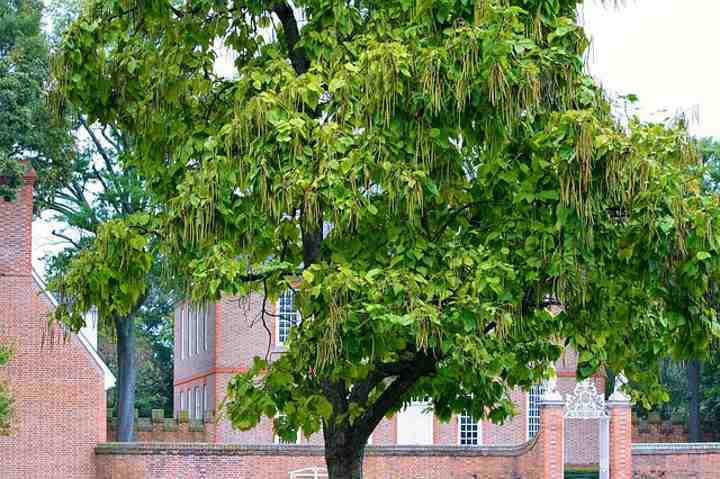
Catalpa Tree Types Leaves Flowers Seed Pods With Catalpa Worms

Indian Bean Tree Catalpa Bignonioides Chew Valley Trees
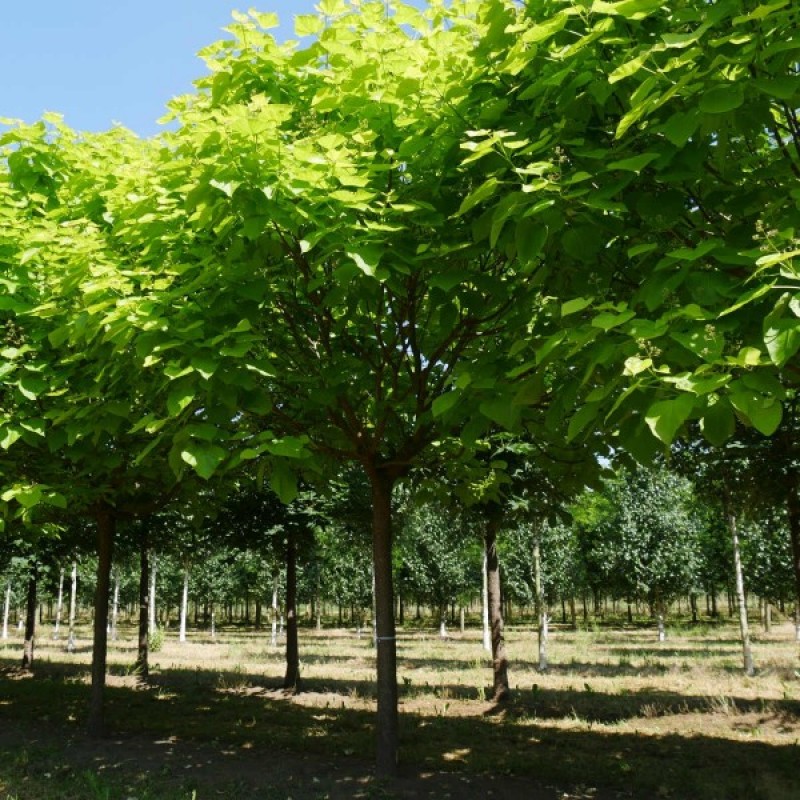
Southern Catalpa Catalpa Bignonioides 20 Seeds 291 Namų Zona

Catalpa Tree Seeds Heirloom Untreated Non Gmo From Canada
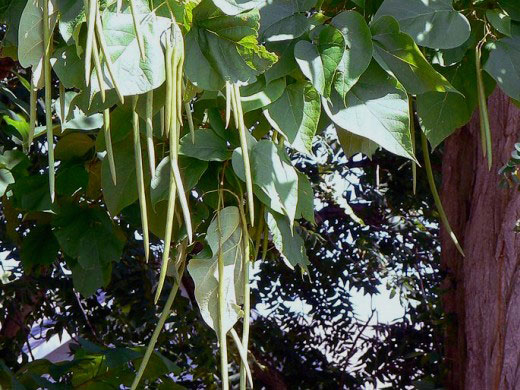
Indian Bean Tree Facts And Health Benefits

Southern Catalpa Catalpa Bignonioides 20 Seeds 291 Namų Zona
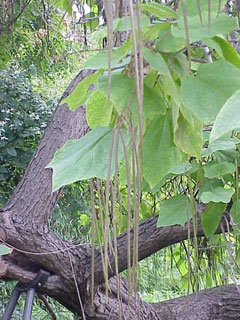
Catalpa Indian Bean Tree Southern Catalpa Pfaf Plant Database

Cucumber Tree Paw Paw Tree Fruit Trees Plants

The Catalpa Tree Dave S Garden

Catalpa Tree Trees To Plant Garden Pool Plants

Photo Of Common Catalpa Indian Bean Tree Catalpa Bignonioides Trees To Plant Fast Growing Trees Flowering Trees

Indian Bean Tree Catalpa Bignonioides Chew Valley Trees

Gardening Granny S Gardening Pages Catalpa Catawaba Tree
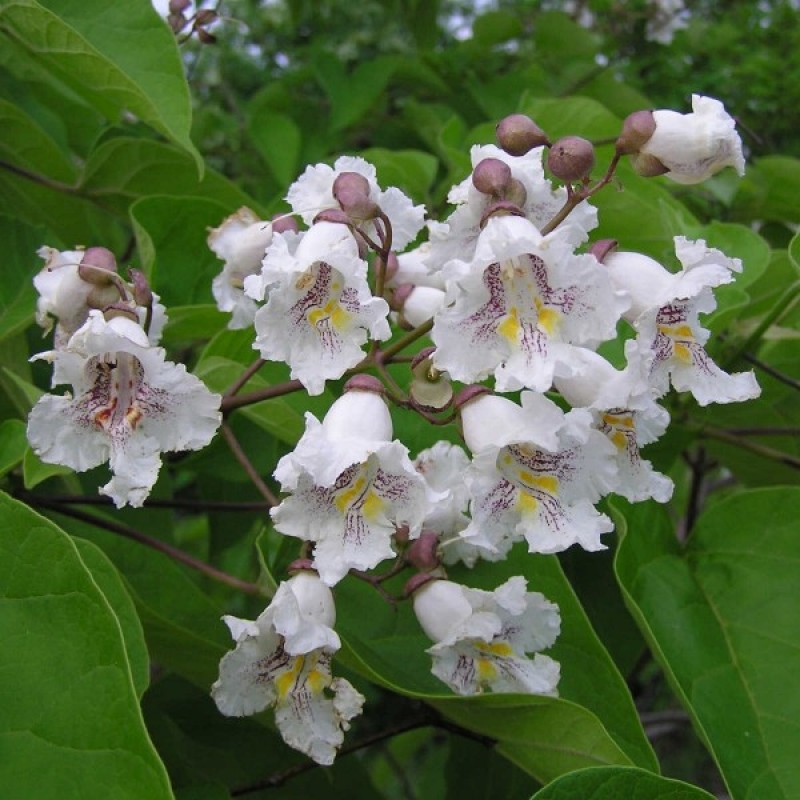
Southern Catalpa Catalpa Bignonioides 20 Seeds 291 Namų Zona
Catalpa Tree Seeds Heirloom Untreated Non Gmo From Canada

Jack And The Bean Tree What The Heck Is This Fancy Pants Tree Upstate Ny R Whatsthisplant
